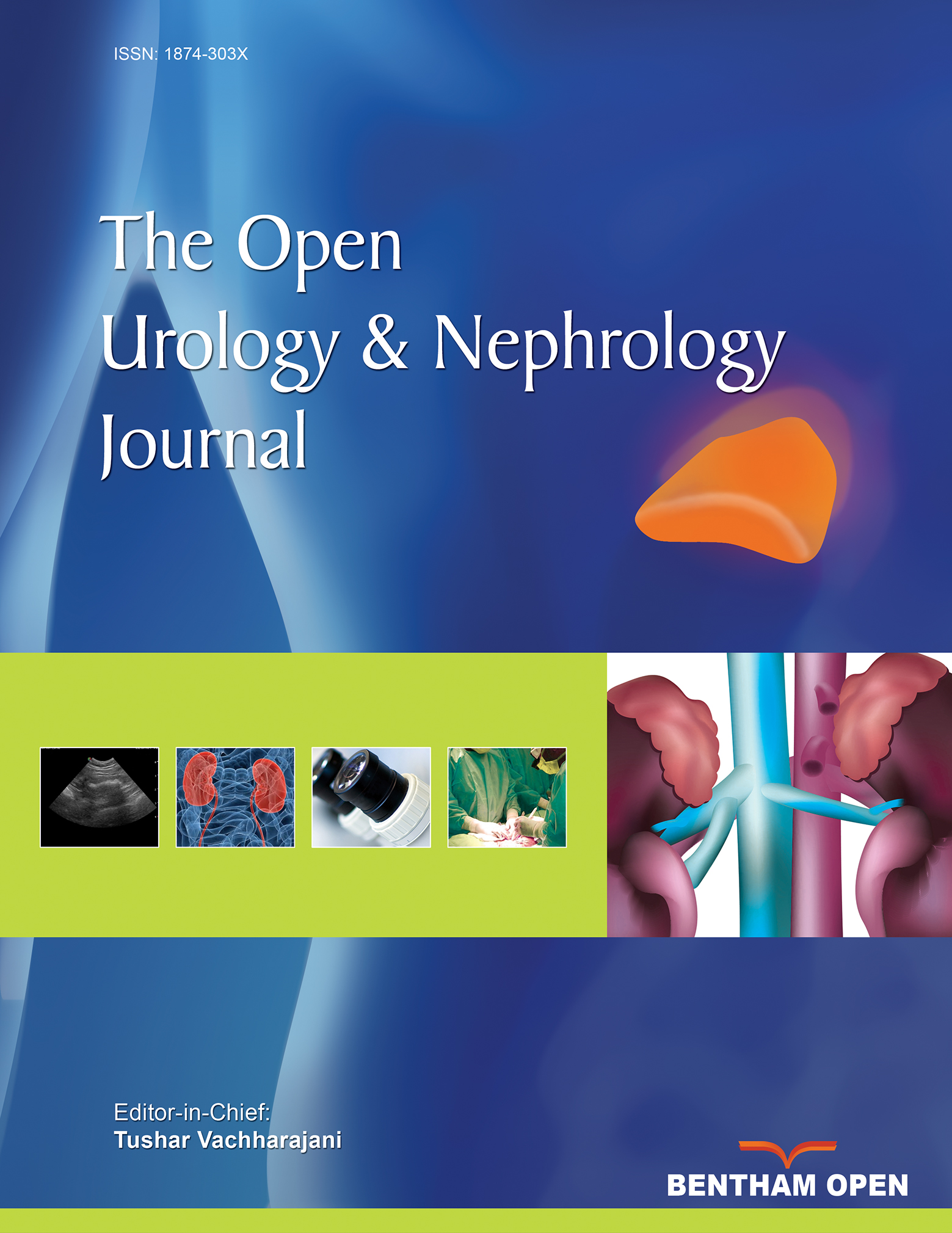All published articles of this journal are available on ScienceDirect.
Extended Spectrum Beta-Lactamase Production in Uropathogens Isolated from Hospitalized Patients with Chronic Pyelonephritis
Abstract
Background :
Increased multidrug resistance of extended-spectrum beta-lactamases (ESBLs) compromises the efficacy of treatment of urinary tract infections.
Objective :
The objective of this study is to determine the prevalence of ESBL-producing uropathogens from hospitalized patients with chronic pyelonephritis and to identify the presence of genes involved in the resistance.
Methods :
A cross-sectional study of 105 patients with chronic pyelonephritis, treated in Kharkiv City Clinical Emergency Hospital, Ukraine was carried. Bacterial isolates were collected, antimicrobial susceptibility of isolates was determined by the Kirby Bauer disk diffusion method and screening for the presence of blaSHV, blaTEM, blaCTX-M ESBL genes was performed by polymerase chain reaction.
Results :
84 (80%) patients had positive urine cultures. Eschеrichia coli wаs the most common microorganism isolated. Among them, 29 (25.2%) were found to be ESBL producers. Out of 53 E. coli isolates, 10 (18.9%), 4 (7.5%) and 6 (11.3%) were identified to carry bla(TEM), bla(SHV) and bla(CTX-M) beta-lactamase genes, respectively. The highest resistance was observed against ampicillin (75.9%), ciprofloxacin (48.3%), levofloxacin (41.4%) and gentamicin (41.4%). Beside this, only meropenem (96.6% susceptibility), nitroxolinum (86.2%) and fosfomycin (72.4%) exhibited a good enough activity against ESBLs-producing urinary strains.
Conclusion :
Isоlation and detеction of ESBL-prоducing strаins are еssential fоr the sеlection оf the mоst effеctive antibiоtic for the empiric trеatment.


